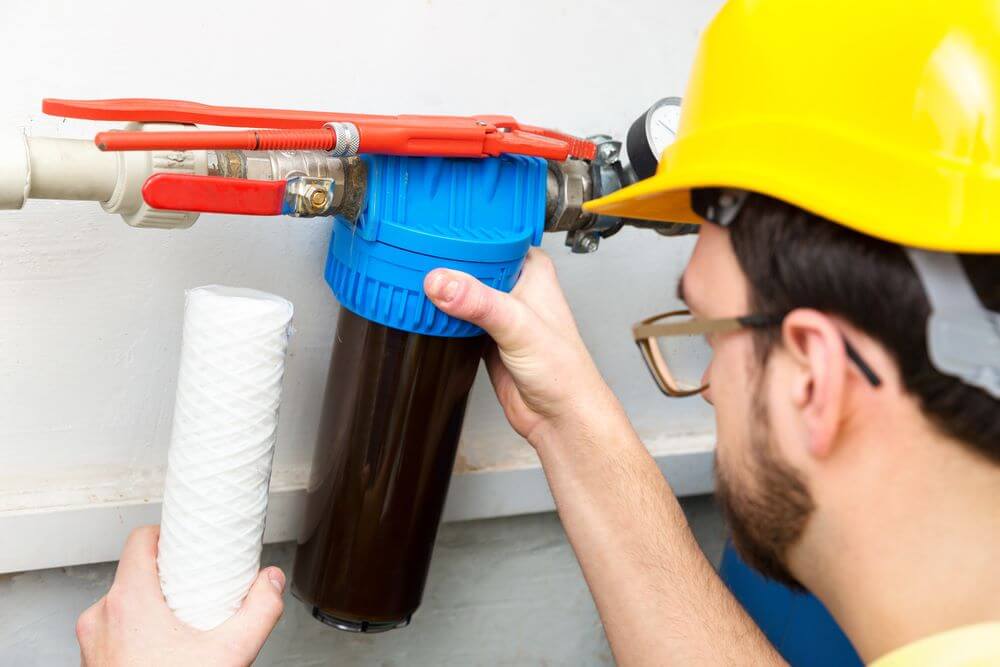
People like to take matters into their own hands. In spite of that, we’ve relinquished control of our environment to the various corporate and federal structures and, as the development of civilization spins out of control, there’s an understandable longing to return to the old ways – to eat organic food cropped by your own soil-soaked hands and drink out of the nearby well you know you can trust.
The second bit is almost impossible to accomplish today, but water filters have emerged as the second-best thing. After all, there is not much to it – you buy the purifier and attach it to your sink as per instructions, right? There are a few basic things you need to know before you proceed with installation of a domestic filtration system.
Know your basics
To put it simply, domestic water purification is the process of removing harmful chemicals and contaminants from drinking water. There are many ways you can do this but, throughout history, it was mostly done on a large scale.
To this day, entire cities or regions are supplied with filtered water usually from a single water purification plant. However, as our environment becomes more polluted, so does our water, and general populace developed a need to bring the part of the process back home.
Therefore, in the beginning of the 21st century, the business of domestic water filtration systems began to thrive across the world. However, with each region comes its own set of geological and infrastructural parameters that determine the water composition. This brings us to our second subject.
Know your water
Typically, the knowledge of the most widespread contaminant in your area is easy to acquire, since it is usually spread by word of mouth. However, this superficial knowledge is not enough. You can have your water tested independently, by buying a test kit in your local home improvement store and doing it yourself.
Conveniently, in the most parts of the US, you can get a copy of your water quality report from the local water authority. It’s nearly impossible to find filters that can remove all contaminants, so you can use the information from the report to find the type of filter that suits you best.
Know your method
There are many types of water filters on the market. These days, it’s far from uncommon to find jugs with attached water filters on sale in every mall. However, this is a short-term solution, as it can only filter small amounts of water and cartridges have to be changed on a regular basis.
It’s far more convenient, not to mention practical, to install an under-sink water filter system, and it’s a breeze to order one online. They are usually more durable and, since they are concealed under the sink, there is no danger they will stick out as an eyesore in your kitchen.
There’s an additional factor people tend to overlook. In spite of durability, every filter will be spent after a while, so always remember to change it on a regular basis. Now, the time interval varies from filter to filter, but there’s usually a printed information on the packaged, or you can find out more about it from the retailer.
Know that you are safe
Knowledge is everything, and as an honest tax payer, you have every right to be informed and kept up-to-date with the information about the drinking water in your pipes. Thankfully, in the age of the Internet, there are many web pages concerned with the public health and safety that will give you all the supplementary information you might need.
Our body is made up of 70% water, so it’s crucial to make sure it’s as free of all the contaminants as possible before you drink it. Fortunately, domestic water filtration system is now an affordable precaution and one of the best solutions at the moment to keep your mind at ease.




